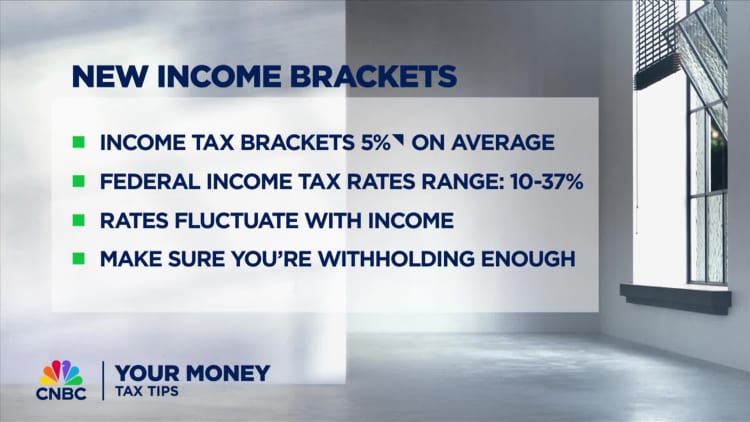IRS Commissioner Danny Werfel speaks at a Senate Finance Committee hearing in Washington, D.C., on April 19, 2023.
Al Drago | Bloomberg | Getty Images
After vowing to “substantially” reduce audits on a low-income tax credit in September, the IRS confirmed it’s taking steps to address the inequity.
“We’ve announced a significant and dramatic reduction in the number of earned income tax credit audits planned for this coming tax year,” IRS Commissioner Danny Werfel said during a House Ways and Means Committee hearing on Thursday.
“We also are testing changes in the audit selection algorithm,” that could “remediate the disparate impact that has been occurring,” he said. However, the agency needs more time to validate the impact of these actions.
Black Americans are roughly three to five times more likely to face an IRS audit than other taxpayers, according to a study released by economists from Stanford University, the University of Michigan, the U.S. Department of the Treasury and the University of Chicago in January 2023.
The report pointed to a faulty software algorithm used by the agency that selects who gets audited and noted the earned income tax credit contributed to this disparity.
In May 2023, Werfel confirmed these findings in a letter to the Senate Finance Committee, noting the agency had dedicated “significant resources” to address the issue, including examining the agency’s automated processes and data used for exam selection.
The IRS reaffirmed its commitment to the disparity in September 2023, promising to reduce the number of so-called correspondence audits, or exams by mail, for earned income tax credit claimants.
The credit has a high ‘improper payments rate’
In 2022, about 23 million filers received $57 billion from the earned income tax credit, and the tax break averaged $2,541. It’s a refundable credit, meaning filers can use it to claim a refund, even with zero taxes owed.
However, eligibility is complicated and there’s a high “improper payments rate,” National Taxpayer Advocate Erin Collins wrote in her 2023 Purple Book of legislative recommendations.
Still, nearly 1 in 5 eligible taxpayers don’t claim the credit, and many “simply overlook it,” Werfel told reporters during a press call in January.
For tax year 2023, the credit is worth up to $7,430 for a household with three or more children, according to the IRS. Eligible workers between ages 25 and 64 without a qualifying child can receive up to $600.












